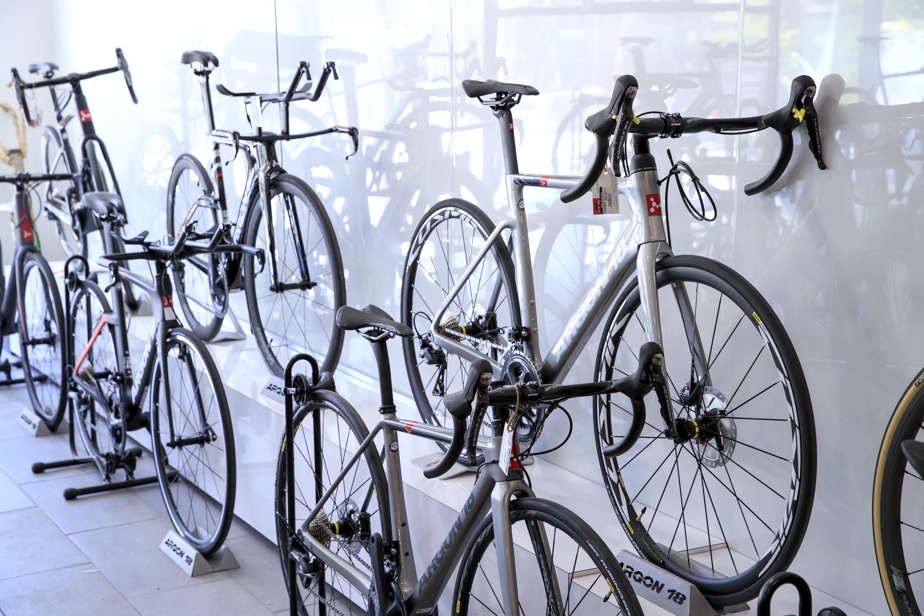Veloconomy, or the economic activities and benefits of cycling, is a topic that is gaining popularity in different countries and major cities. Since 2021, France has been drawing up an inventory of the players, strengths and weaknesses of the country’s bicycle industry. The French government has understood that the development of the bicycle and its economic sector is a promising element for its economy and that it is also a response to the challenges of ecological transition and public health.1.
Cycling in Quebec reaches new heights
In recent years, cycling has become more popular than ever in Quebec, both for getting around and for leisure, both on the road and on the trail. Cycling is the third most popular physical activity in the province, is the weekly leisure activity of 1.6 million Quebecers and the occasional means of transportation for 2.1 million people. This popularity generated $565 million spent on bicycles and equipment in 20202, and the growth of the sector seems limitless with the explosion of the electrically assisted bicycle. The assets of the province are numerous: half a dozen bicycle manufacturers recognized in the world, the longest cycle route in North America (the Route verte and its 5,300 km), an urban cycle network of 5,500 km, more than 20 cities that have self-service bicycle systems, and a fleet of bicycles 10% larger than that of cars.
40 billion dollars in France
France has just renewed its National Cycling Plan (2023-2028) in September 2022. This political project is based in particular on the desire to “reindustrialise cycling in France”, and to allow the territory to benefit from the economic value of this sector. After a first plan of 450 million euros launched in 2018 for five years, for the year 2023 alone, the government plans investments of 250 million euros. This strong political choice is based on conclusive data showing the colossal economic benefits of cycling, whether for industry, retail, tourism or urban logistics.
A study conducted in 20203 measured that the bicycle economy in France – manufacturing, selling, repairing, designing and building cycle facilities – weighs 2.5 billion euros (3.4 billion dollars) annually, and represents 13,500 jobs. If we add bicycle tourism and bicycle logistics (delivery), the economic benefits reach a total of 8.2 billion euros (11 billion dollars), while consolidating 78,000 jobs.
Finally, if we take into account all the positive externalities linked to the practice of cycling, particularly in health, the cycling sector contributes to French national wealth to the tune of 30 billion euros every year (40 billion dollars ).
For an order of magnitude, this sum is equivalent to twice the annual budget of the Ministry of Education in Quebec, yet the second in terms of expenditure in the economy of the province.
And Quebec, in all this?
With this growing popularity of cycling in Quebec and the role it can play in terms of the environment, health and the economy, it would be more than relevant to conduct a study to assess its weight in the national economy and what it brings collectively to Quebecers each year. Other countries such as France, Germany and major cities such as New York, Toronto, Copenhagen, Portland and London have demonstrated with studies that the bicycle brings huge direct and indirect economic benefits, for relatively small investments compared to other sectors.
At a time when economic forecasts are uncertain, and when political orientations and infrastructure projects do not always seem to be aligned with current climate imperatives, investments in active transportation, including cycling, appear more than ever as a simple – and economically winning – solution to complex problems. To do this, the Government of Quebec would do well to launch research on the veloeconomics in order to have a precise and up-to-date quantified picture of its impact on the national economy.

